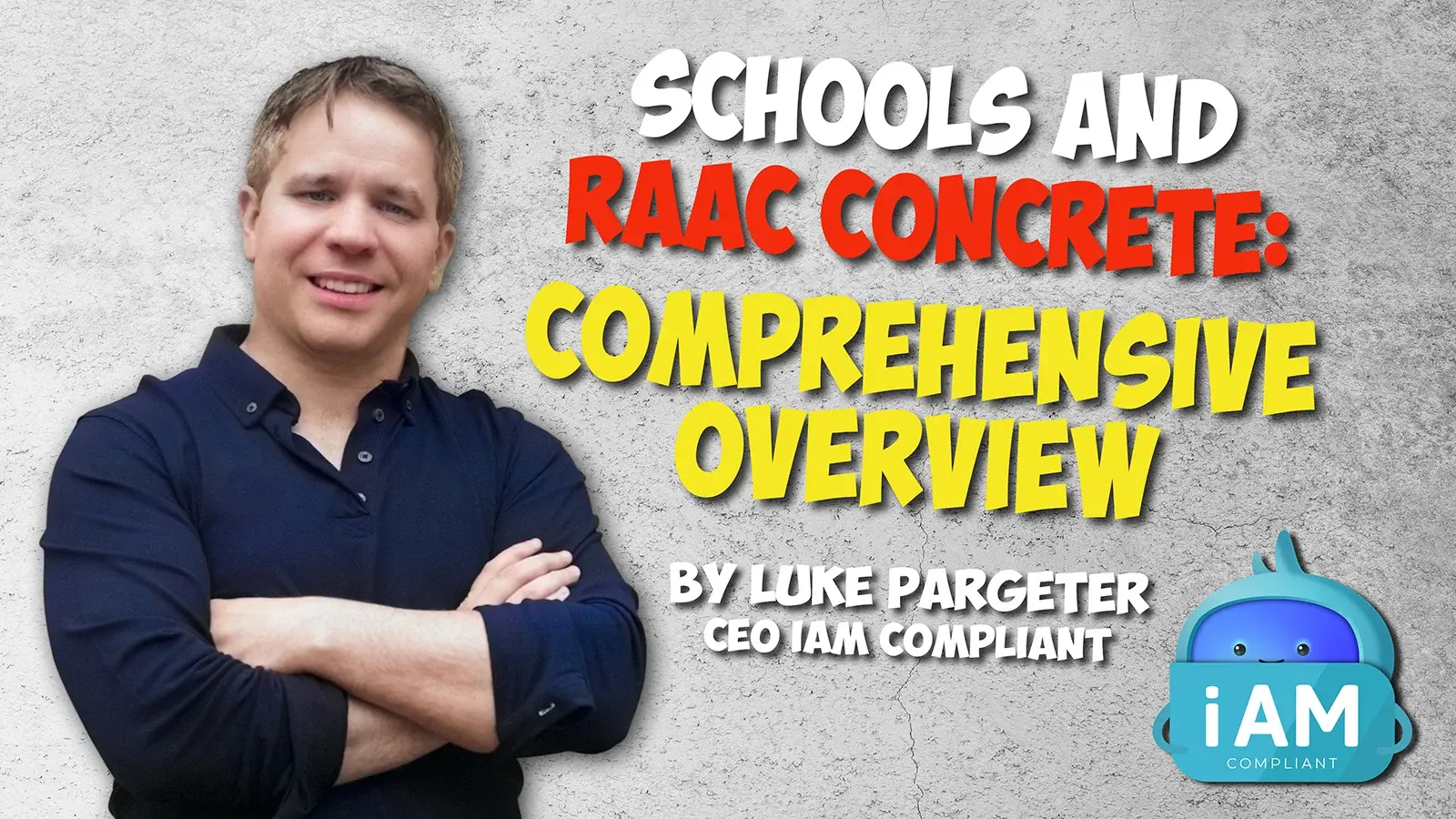With more than 104 schools already identified as in need of protective measures against potential risks associated with RAAC concrete and more to be announced, let’s delve deeper into the topic together.
Schools are meant to be safe havens for students however with the recent revelations on the overlook of the physical infrastructure it has caused a significant wave of immediate action.
Although the topic of RAAC Concrete in schools has been prominent since the late 90s a questionnaire was sent out to schools in March 2022 to determine what impact it would have.
It has since become prominent due to multiple schools suffering from structural issues. In particular, Willowbrook Mead Primary Academy had to fully close its doors recently due to an estimated 50% of its building being built with RAAC Concrete. A recent report from DfE includes the latest guidance in more detail. So what does the new guidance say and what is it that schools need to know about this crucial issue?
What is RAAC Concrete?
Reinforced autoclaved aerated concrete (RAAC) is a lightweight material that was used between the 1950s to 1990s, mostly in flat roofing but also in floors and walls.
Why is it a Safety Risk?
It is a cheaper material, less durable and has a lifespan of around 30 years. It is highly susceptible to structural failure when exposed to moisture which poses a significant risk for a high volume of schools throughout the country.
Guidance for Schools
Get Ready to DepartA school's dedicated caseworker from the DfE will notify them if they are affected by RAAC and when this happens a school has to act on evacuating the premises or if a small area can seek structural support but would be advised by the case worker.
Support from the DfE on Emergency Planning would be recommended to refer to if having to evacuate.
Interim Relocation Options
If the school has been deemed unsafe to remain in them and seek other nearby schools, colleges, nurseries and sports facilities can be utilised for a short period. A space in a community centre or vacant office premises.
An additional option would be to use semi-rigid temporary structures that can be brought in.
Financial ChallengesIn the most up-to-date guidance from DfE, any works that are capital-funded will be covered by them.
Local authorities, trusts, or non-maintained nurseries, will have to use their own funding to cover any additional revenue costs.
One of our founders, Luke Pargeter with over 20 years of experience in Estates Management gave his perspective on the recent situation;
“Unfortunately this shows the incapability of the DfE. It also evidences that the CDC programme is not fit for purpose. How can a building surveyor assess the condition of a school building if they are given less than 3 hours to do the entire survey and they are not to report on the structural defects, hazardous materials and do not do any invasive investigation? RAAC will not be the last school estate crisis I am afraid."
The safety of students, teachers, and staff should always be the top priority in school construction projects.
To keep up to date with any changes or announcements of more schools being announced visit: https://news.sky.com/story/list-of-all-the-schools-we-know-are-affected-by-concrete-safety-fears-12952868
Find out more about iAM Compliant
Want to learn more about how iAM Compliant can help you with asbestos management in your school or multi-academy trust? Discover how our award-winning compliance and estates management tools works by taking a FREE 30-day trial to try it for yourself or book a demo with the team and we'll be happy to talk you through it!




